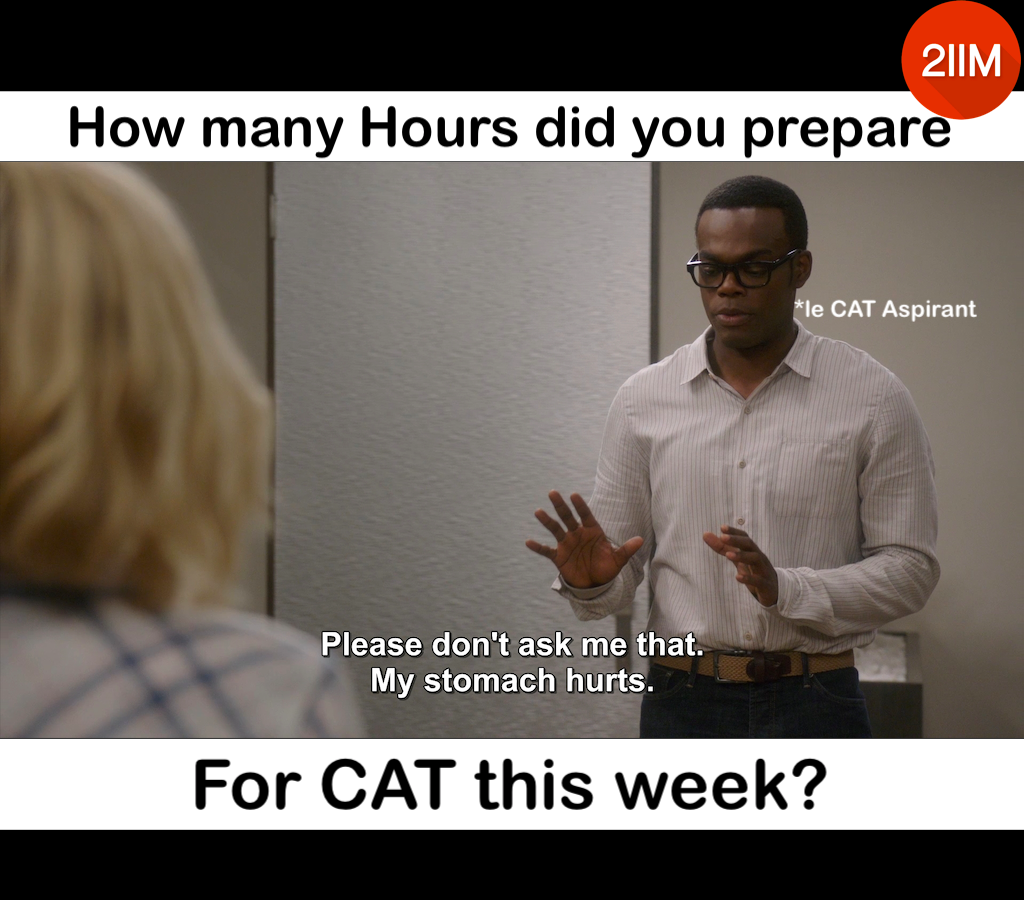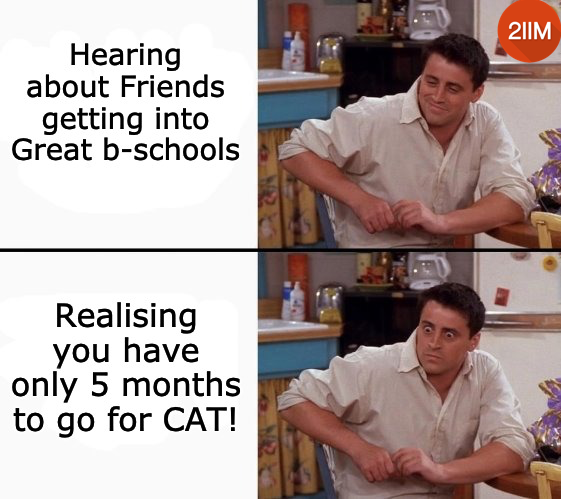CLAT Legal Reasoning
As the name indicates, CLAT Legal Reasoning section has a distinct element of law. To crack these questions, ideally, a candidate has to keep reading any news and opinion articles from at least one newspaper. A basic idea regarding the Current Affairs of legal issues will drastically improve the reading speed and comprehension. Though deeper understanding of law is not mandatory, keeping oneself abreast of the current happenings will prove to a competitive edge. The passages have been selected carefully to encompass a legal context in them.
As with the CLAT Logical Reasoning section and the CLAT English Language section, adequate attention has been given to ensure the passages are from a range of topics. Needless to say, the questions are pegged exactly at the level of difficulty of CLAT, with an eye on the samples published by the Consortium of NLUs.
Enough said. In for some serious Legal Reasoning? Let’s get cracking!
CLAT 2020 Legal Reasoning: Interpretition of Obscenity
The issue of Obscenity has vexed the Courts in India and abroad for a long time now. The intriguing question has always been the same, i.e., what should be the standards to qualify something as obscene in the eyes of law? In the United Kingdom, way back in 1868, the Court laid down the Hicklin test in Regina v. Hicklin (1868 L.R. 2 Q.B. 360), and held that: "The test of Obscenity is whether the tendency of the matter charged as Obscenity is to deprave and corrupt those whose minds are open to such immoral influences and into whose hands a publication of this sort may fall." Hicklin test postulated that a publication has to be judged for obscenity based on isolated passages of a work considered out of context and judged by their apparent influence on most susceptible readers, such as children or weakminded adults. However, this test was later rejected by most of the jurisdictions. There were many judgments where it was stipulated by the Indian Courts that, Obscenity has to be judged in the context of contemporary social mores, current socio-moral attitude of the community and the prevalent norms of acceptability/ susceptibility of the community, in relation to matters in issue. [For example, in Ranjit D. Udeshi v. State of Maharashtra AIR 1965 SC 881; Chandrakant Kalyandas Kakodar v. State of Maharashtra 1969 (2) SCC 687 etc.] These judgements indicated that the concept of Obscenity would change with the passage of time and what might have been "obscene" at one point of time would not be considered as obscene at a later period. This came to be known as "Community Standards Test". In Bobby Art International & Ors. v. Om Pal Singh Hoon (1996) 4 SCC 1, the Court, upholding the Community standards test held that, complete message and context of the objectionable scene/firm/picture etc., needs to be examined in order to find out whether the alleged material is obscene or not.
A, daily local newspaper called ‗Ramanand Bazar Patrika‘ having wide circulation in Anandnagar published, on 1st July, 2019, an article with a picture of Boris Becker, a world renowned Tennis player, posing nude with his dark-skinned fianc e by name Barbara Feltus, a film actress, which was photographed by none other than her father. The article states that, in an interview, both Boris Becker and Barbara Feltus spoke freely about their engagement, their lives and future plans and the message they wanted to convey to the people at large, for posing to such a photograph. Article picturises Boris Becker as a strident protester of the pernicious practice of "Apartheid". Further, it was stated that the purpose of the photograph was also to signify that love champions over hatred. Will the alleged picture classify as an Obscene Material in India?
- No, according to the Hicklin Test, it will not classify as Obscene.
- Yes, according to the Community Standards Test, the picture will classify as Obscene.
- No, according to the Community Standards Test, the picture will not classify as Obscene.
- Both (a) and (c).
Explanatory Answer
Boris Becker and his wife have clearly mentioned the message behind their picture in interviews – protesting the pernicious practice of apartheid. According to the ‘community standards test’, complete message and context of the objectionable scene/firm/picture etc., needs to be examined. According to the Hicklin test, the objectionable content should not deprave and corrupt those whose minds are open to such immoral influences and into whose hands a publication of this sort may fall. Since a nude picture of a celebrity may be an immoral influence on weak or young minds, the Hicklin test would consider this incident to be obscene.



CAT Coaching in Chennai
CAT 2021
Enroll at 49,000/-
44,000/-
Online Classroom Batches Starting Now!

